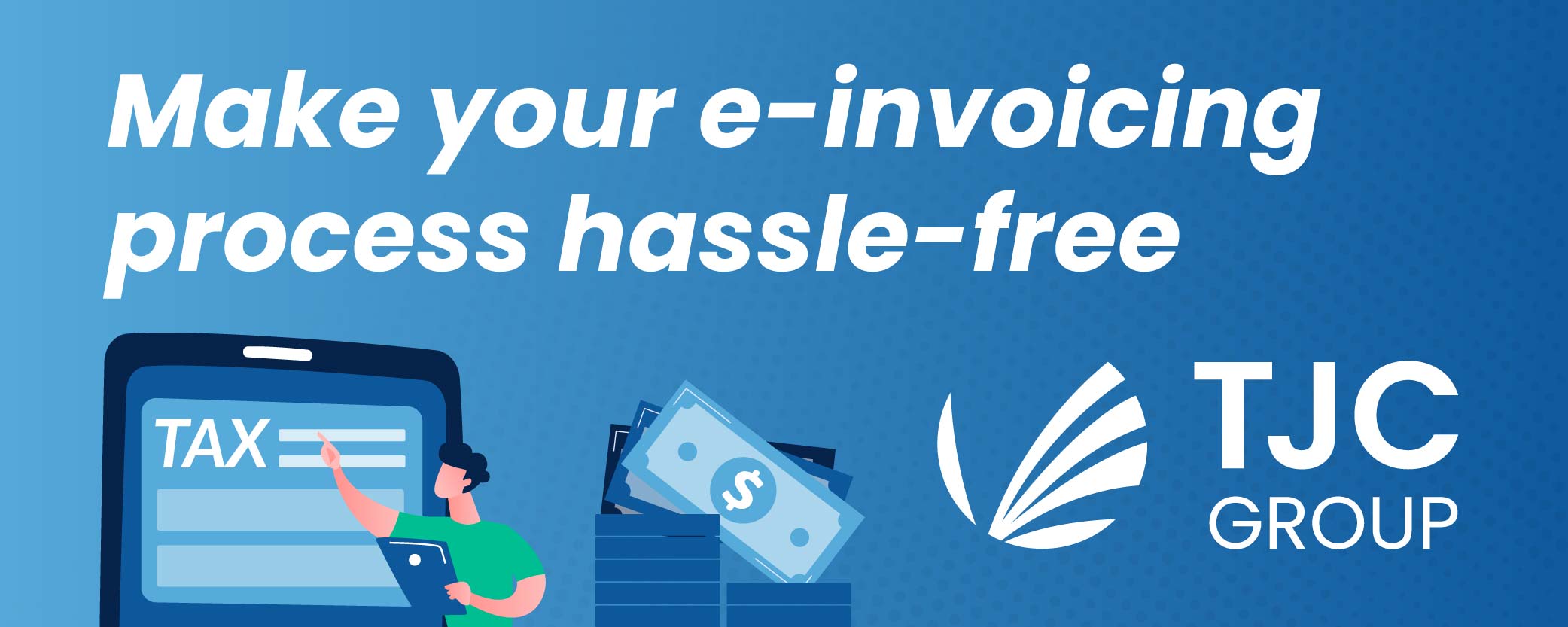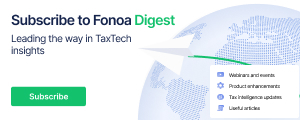Following a dialogue with Finans Norge, the Directorate of Taxes has answered several questions about delimiting the content of the SAF-T file for the information in the customer or supplier specifications that are handled in the professional systems, cf. the Accounting Regulations, subchapters 8-13 and 8-14.
Reference is made to previous correspondence in the case, most recently by their note of 29 September 2021.
The letter states how the requirement to be able to report certain customer and supplier data that exists in the professional systems and is linked to the core business in SAF-T format in Finans Norge’s opinion should be limited for insurance companies and banks.
In addition, clarification (s) have been requested in connection with a number of financial instruments and whether / how these are to be included in the SAF-T file that the companies must submit on request.
Background
From previous correspondence and dialogue in the case, it has emerged that Finans Norge has had a different assessment than the Directorate of Taxes related to what should be included in a SAF-T file in terms of accounting information related to customer and supplier data.
In a letter dated 15 December 2020, Finans Norge stated that:
“The financial undertakings have understood that no customer or supplier data, including both master data and transactions, which are found in the subject systems and are linked to the core business, must be reported in SAF-T format. Transactions can be included accumulated as they are included in the general ledger, for example. per product category. “
As the industry itself has not perceived that there is a requirement to include information at customer and supplier level and to include master data for customers and suppliers in the subject systems in the SAF-T file, it will require system adaptations to meet this requirement. As part of such work, there will also be a need to further define which information is to be included at customer or supplier level.
About the SAF-T file
In principle, all bookkeepers who have book information available electronically have a duty to be able to reproduce book information in a standardized form, cf. the Accounting Regulations § 7-8. This applies regardless of industry and which accounting / professional systems are used.
If the booked information is included in a customer or supplier specification, special requirements are set for how such information is to be included, cf. standard for content and format when reproducing electronically booked information in the document «Documentation» v. 1.5, last updated 25.11.2020.
For the booked information that is included in a customer or supplier specification, it appears from the document p. 30 that:
«Bank, insurance and finance businesses that use professional systems for compilations of Accounts Receivable Journals and Accounts Payable Journals, ref. The Bookkeeping Regulations section 8-13-3 or section 8-14-3, may state the transactions accumulated per accounting period in the general ledger. »
This entails a relaxation of the requirements that are initially set for information from the customer and supplier specifications in the account specification. For the financial undertakings, there will therefore be a need to decide whether the information is included in a customer or supplier specification, with the requirements for the SAF-T file that then follow. If the information is included in a customer or supplier specification, the information contained in the subject systems may be included in the SAF-T file accumulated in the account specification for the relevant period per customer or supplier.
The Norwegian Directorate of Taxes’ assessments
It is emphasized that in the account specification customer and supplier transactions can appear with accumulated balances. Furthermore, master data for customers and suppliers where IB and UB are included must be included in the SAF-T file.
Delimitation of customer and supplier specification
Section 3-1 nos. 3 and 4 of the Accounting Regulations state that all transactions with customers and suppliers in order, and with an indication of incoming and outgoing balances, shall appear in the customer and supplier specification. The Accounting Regulations § 8-13-3 and 8-14-4 state that the industries covered by subchapters 8-13 and 8-14 may use their professional systems to prepare customer and supplier specifications as mentioned in § 3-1 no. 3 and 4, without the provisions providing any further guidance.
The Directorate of Taxes assumes that the interpretation of what is a “customer” or “supplier” should be based on a natural understanding of the concepts. In the preparatory work for the Accounting Act (Ot.prp. No. 46 2003– 2004), a more detailed account is given of what constitutes a specification, and on page 44 the content of a customer and supplier specification is discussed, without it being specifically defined. what is a “customer” or “supplier”, other than that:
Correspondingly, the current provisions on “ledgers” are proposed to be continued through requirements for customer and supplier specifications. In principle, this applies to requirements for specification of balances between customers and / or suppliers, ie it only becomes relevant when it is sold / bought on credit. “
“Customers” are also used in other regulations that are relevant to the banks. In the preparatory work for the now repealed Money Laundering Act, Ot.prp. No. 3 (2008-2009), section 4.3.5, it is stated:
duration and purpose. Against this background, the Ministry, like the committee, considers that the structure of the current money laundering legislation will be continued. “
In NOU 2016: 27 New legislation on measures against money laundering and terrorist financing II section 5.1.2, the definition of what is a “customer” is discussed and it is i.a. stated that:
“The customer will be the person or company the reporting entity has entered into an agreement with to provide their services to, or trades with.”
The Money Laundering Regulations § 4-1 first paragraph states that:
“Customer relationships shall be considered established when the customer can use the reporting entity’s services, for example when creating an account or issuing a payment card.”
Section 44 a, first paragraph, letter d, of the Financial Contracts Act states the following definition:
“credit customer: a natural or legal person who is given credit by a lender”
The Directorate of Taxes assumes that the factors above will be able to provide some guidance in relation to who is to be regarded as a “customer” pursuant to the Accounting Regulations § 3-1 no. 3. However, it seems immediately clear that the Accounting Regulations do not delimit the obligation to specify transactions in customer and supplier specifications for cases where an ongoing customer relationship has been established. Nor is the specification obligation limited to buying and selling on credit. Reference is made to the wording in § 3-1 nos. 3 and 4, cf. also the second paragraph which clarifies which cash sales and purchases are to be specified. If the customer has paid for a later goods or service relationship in advance, such payments must also appear in the specifications and be “settled” against the subsequent sales entry.
Transferred to banking operations, it thus does not matter whether the customer either in total or in separate receivables or liabilities has amounts to the credit of the bank, or whether the customer owes the bank one or more amounts. All these amounts must be included in the customer specification. If a customer only has a deposit in his account with the bank as the only product in his customer relationship, the Directorate of Taxes assumes that the balance can be included in the customer specification, and that mention of this customer as a “supplier” will be less appropriate.
The Directorate of Taxes also assumes that the items in a customer specification will normally be reflected in corresponding items in the supplier specification of the transaction counterparty. In some areas, however, this is not the case. This may apply to receivables or liabilities items where, for reasons of specification in the mandatory financial reporting (annual accounts / tax return), separate balance sheet items must be created.
It will thus e.g. not be a requirement for a bank customer to specify their deposit or loan conditions with a bank as «accounts receivable» or «accounts payable» in the balance sheet, but on separate balance sheet accounts for «bank deposits» and «debt to credit institutions». It is then also not natural to require the customer to specify such receivables and debt items in the customer and supplier specification. For the bank, on the other hand, this will be an ordinary customer relationship that must be specified in the customer specification.
Submitter’s point 2: Life and non-life insurance companies
The Directorate of Taxes refers to the submitter’s point 2 in the letter on delimitation of the content of the SAF-T file for insurance companies. We note that the requirements for the content of the SAF-T file discussed above in principle apply in general, regardless of how / which lines or items these are included in business statements 6 and 7 (RF-1501 and RF-1503). The Directorate of Taxes understands Finans Norge so that (parts of) the balances from customer and supplier specifications handled in professional systems will normally be reported in items 3.75.31 and 7.75.30 and assumes that to the extent the non-life insurance companies’ claims on motor insurance tax follow from the insurance contract. from this be included in the customer specification.
Submitter’s point 3: Banks
With regard to the submitter’s point 3, the Directorate of Taxes considers that for the items mentioned in the letter it is sufficient to show accumulated amounts per. customer in the account specification.
Submitter’s point 4: Treasury
Point 4 of the letter raises the question of whether “the treasury system is covered by the obligation to report information in SAF-T format”. The Directorate of Taxes understands the questions in the inquiry so that it is somewhat unclear which products are to be included in a customer or supplier specification and also who is to be defined as a customer and supplier. In this context, the tax office refers to the above delimitation for customer and supplier specifications.
The Directorate of Taxes assumes that the financial assets or liabilities that the treasury function or department enters into will normally be entered into to take care of the financial undertaking’s financing and risk management needs. These will then, as a general rule, not be included in the customer or supplier specification. It is referred to in more detail below.
It is noted for the sake of clarity that internal banks, which are also referred to as treasury functions, may not use subchapters 8-13 of the Accounting Regulations. Reference is made to published question and answer no. 20 on our website.
Bonds and certificates in the liquidity portfolio (asset)
The Directorate of Taxes assumes that where the bank, as part of its own financing activities, buys bonds and certificates, these will not be included in the customer or supplier specification. It will then also not be necessary to aggregate these, if several of the instruments apply to the same issuer.
In those cases, the products spring from a customer relationship, cf. above. the products must be included in the customer or supplier specification. It has previously been stated that it is sufficient to be able to state accumulated movement in the relevant period per customer or supplier that is handled via the specialist systems and it will then not be necessary to specify these down on each individual security.
Bonds issued (debt) and derivatives: interest rate and currency swaps
The Directorate of Taxes considers that the issuance of bonds, as part of the bank’s or financial undertaking’s financing, will not have to be included in the supplier specification according to the Accounting Regulations § 3-1 no. 4, as the counterparty will not be a “supplier”. The Directorate of Taxes finds that a similar delimitation can be made for other services or products that are related to the financing.
Examples of such are interest rate and / or currency swaps. The delimitation also applies if these products should have a positive value for the bank, so that the bank has a claim on the counterparty.
If one of the bank’s customers wishes to enter into a swap agreement with the bank as counterparty, these will be included in the customer specification.
Collateral received related to derivative contracts (debt)
To the extent that collateral has been received in the form of cash from counterparties in derivatives trading, a corresponding assessment must be made of whether the collateral springs from a customer relationship.
Clarification
The Directorate of Taxes similarly assumes that the financial instruments that are not mentioned in the inquiry from Finans Norge and that are sold to customers shall be included in the customer specification. Where a financial instrument has not been sold / purchased to / from a customer or supplier, it is also not necessary for these to be included in the customer or supplier specification.
Implementation time
The Directorate of Taxes notes that the requirements above, in our view, already follow from current legislation. Through the dialogue with Finans Norge, it has become clear that the content requirement is understood differently by the representatives in the industry. It is also emphasized that some of the banks’ professional systems are older software, where it will be demanding to incorporate the required changes and data extracts. In addition, it has been emphasized that the financial undertakings already provide some third-party information, and that the banks can provide information on customer relationships in another format by control or other request from the Tax Administration.
In conclusion, it is emphasized that the content discussed is limited to the information discussed above regarding customers and suppliers in the professional systems. The other contents of the SAF-T file are the companies’ ability to publish on request.
The Directorate of Taxes notes that it will be the case for most companies that accounting information can be documented in a format other than SAF-T. The factors above nevertheless indicate that a deferred deadline can be set for enterprises that are covered by the Accounting Regulations, subchapters 8-13 and 8-14. The Directorate of Taxes assumes that the enterprises must have implemented the changes required to be able to deliver the SAF-T file with such content as explained above by 31 December 2023. It is not necessary to be able to show IB in master files for customers and suppliers before 31 December 2023, as long as this can be documented in another way.
The proposed implementation time applies to the information mentioned in the customer or supplier specifications that are handled in the subject systems. The Directorate of Taxes assumes that the enterprises can already produce SAF-T files that contain other required information on request.
Source: skatteetaten.no















